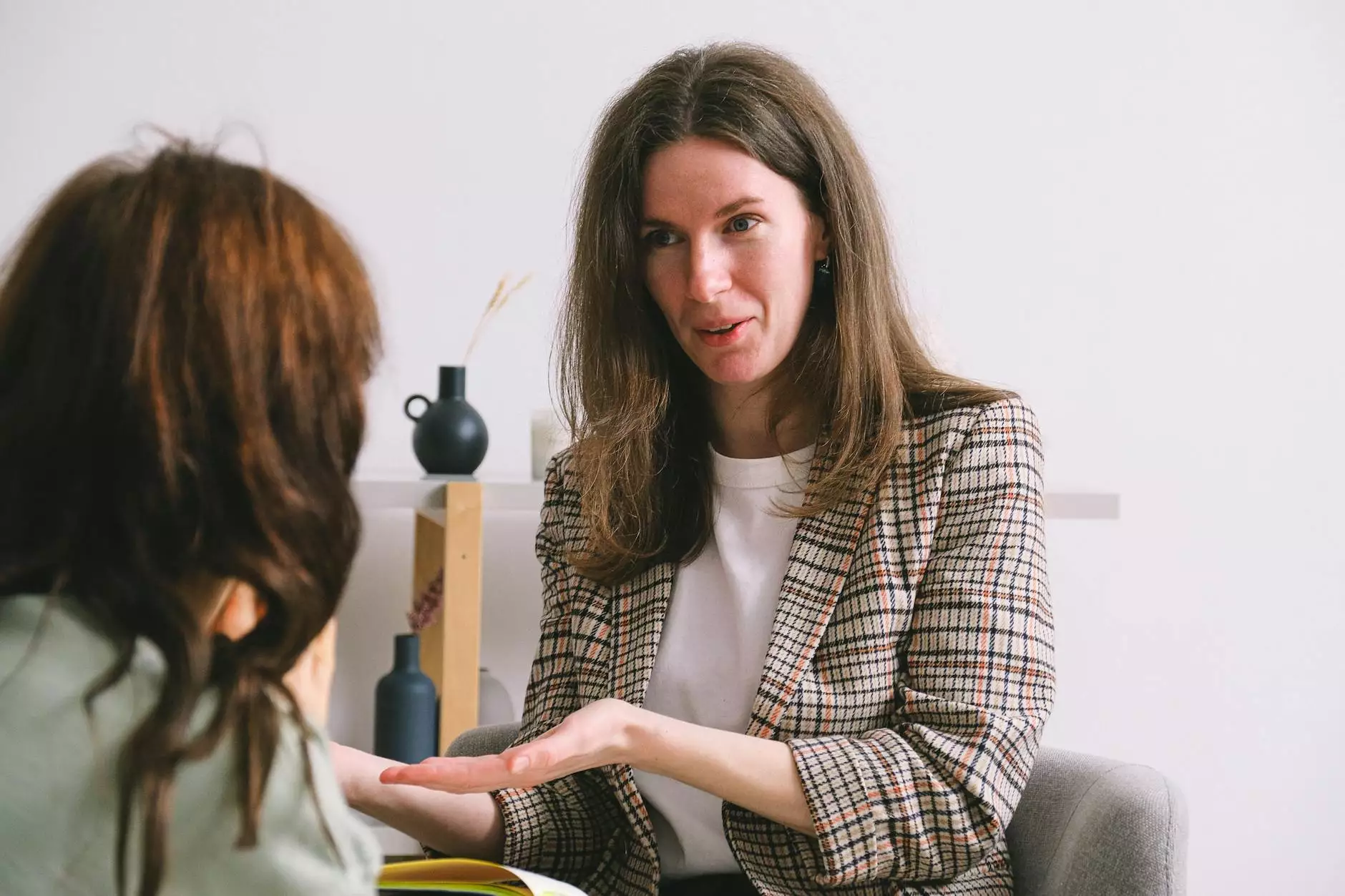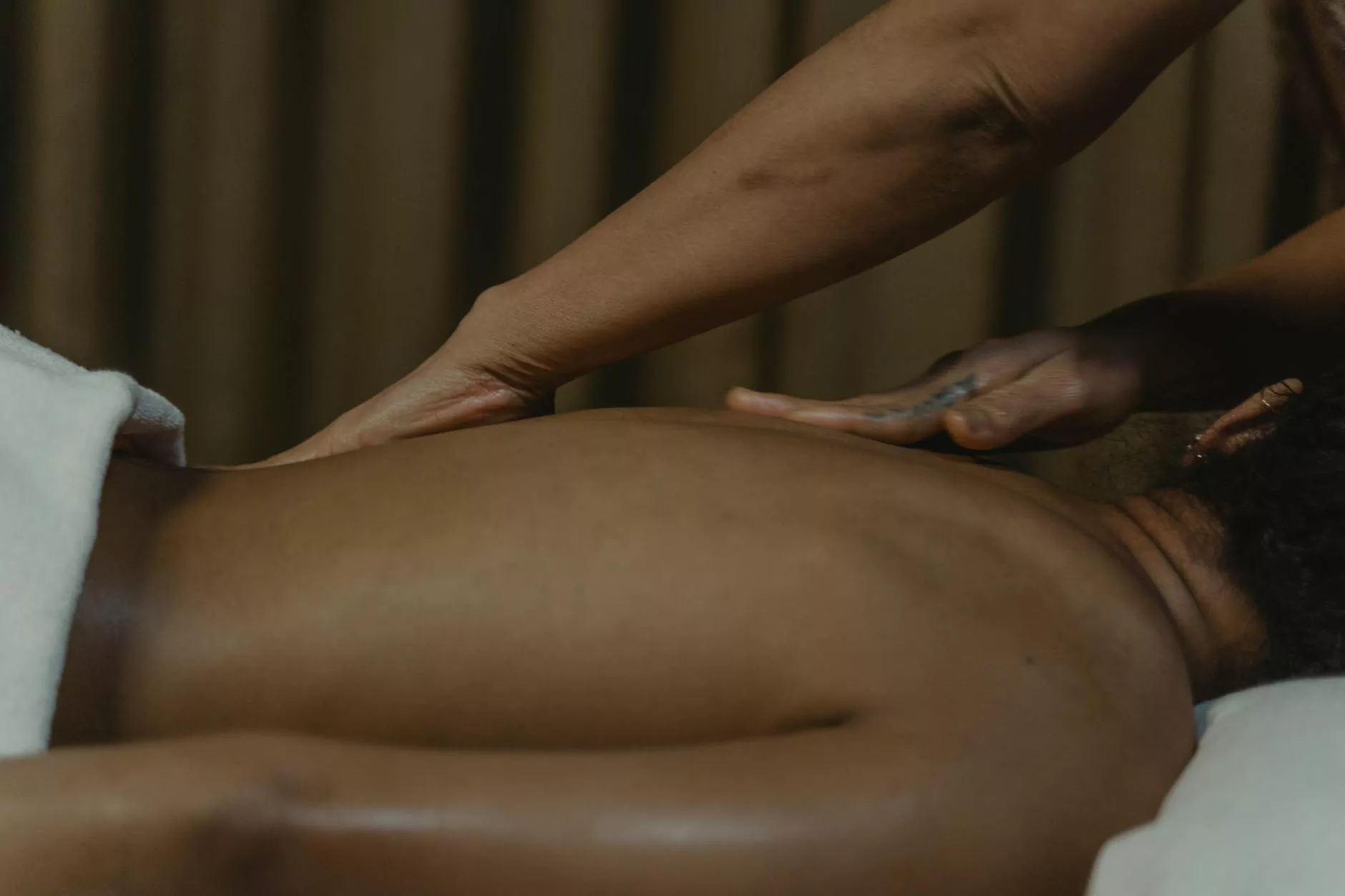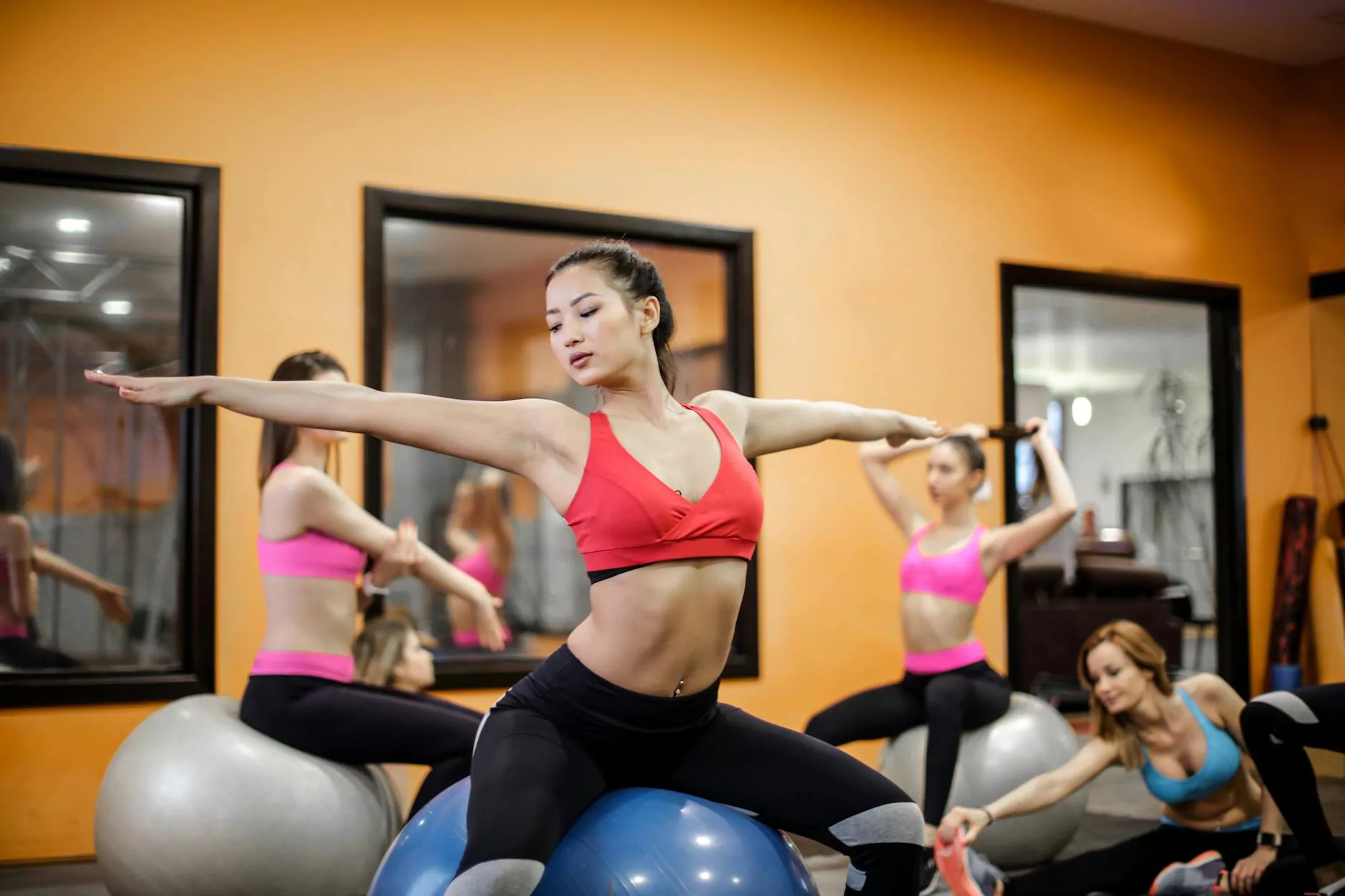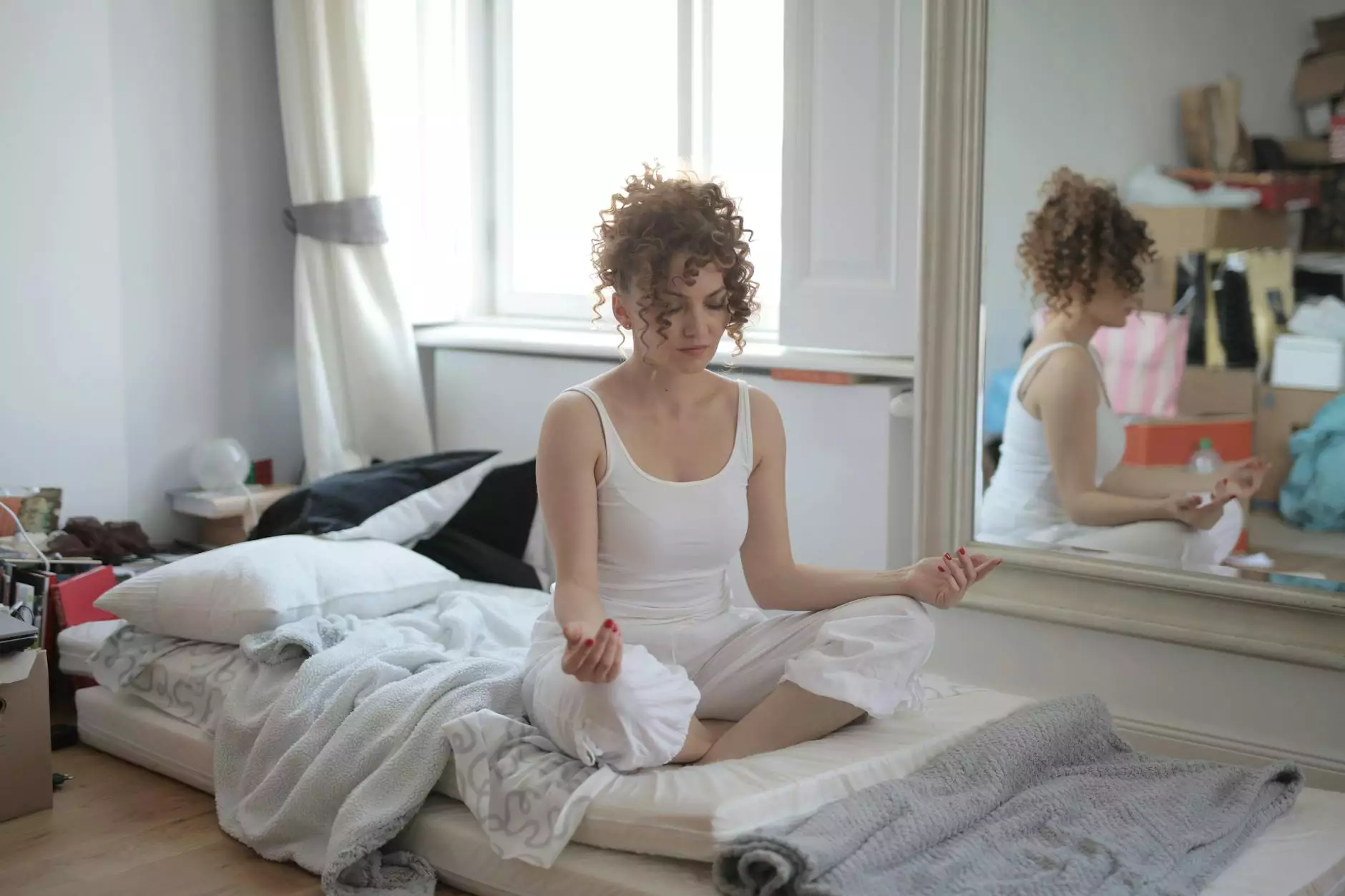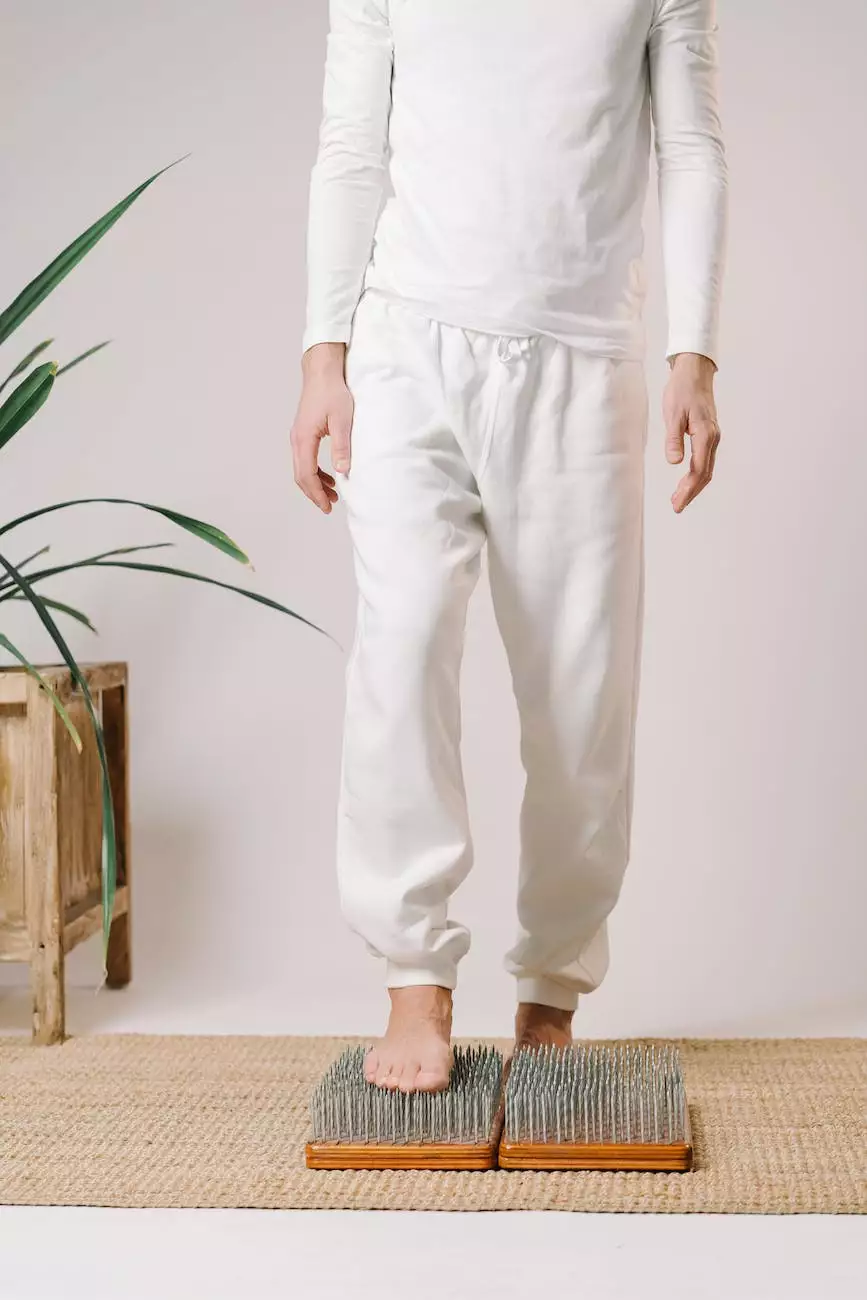Pranayama Breathing
Resources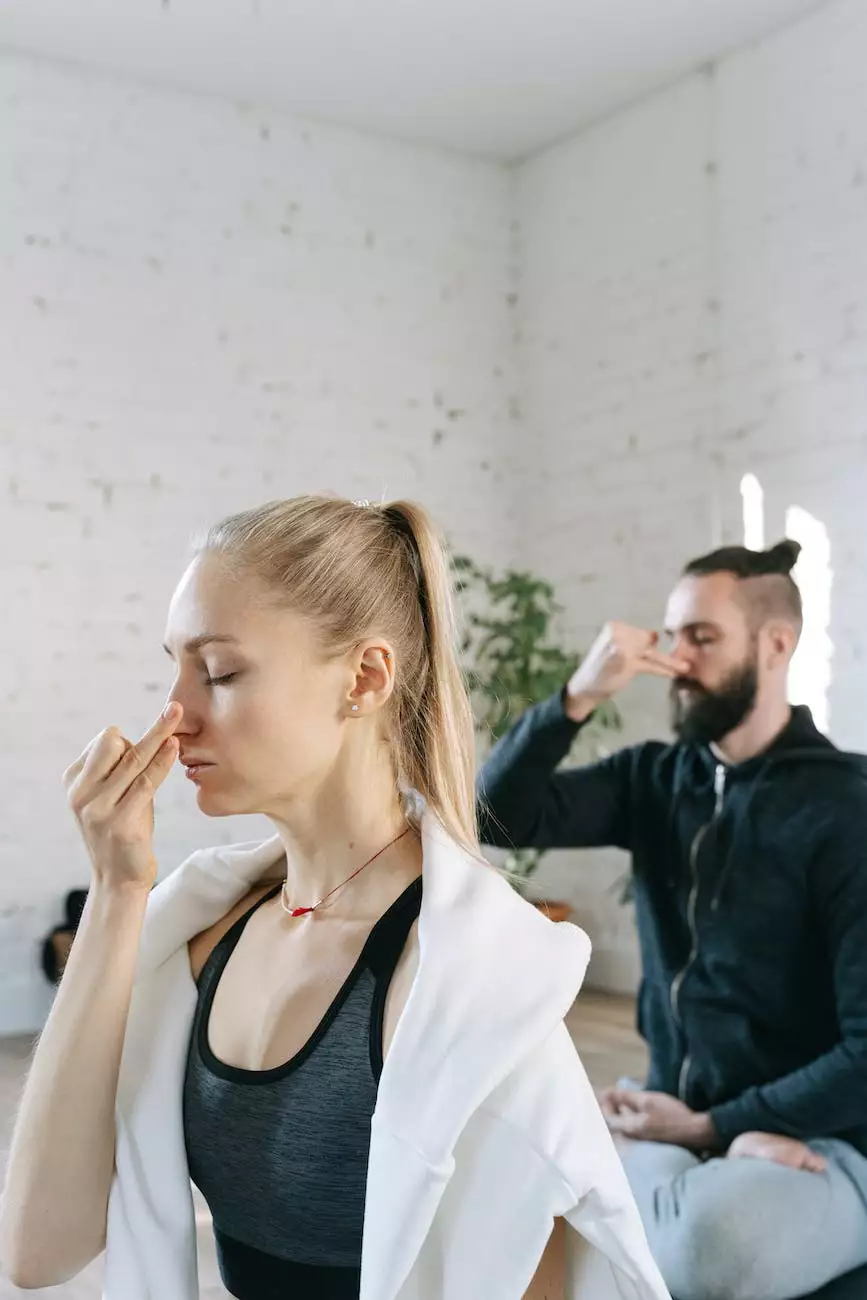
The Power of Pranayama
At Reed Cognitive Therapy, we understand the importance of holistic well-being. That's why we are excited to present our comprehensive guide to Pranayama Breathing.
Pranayama is an ancient yogic practice that focuses on controlling and expanding the breath to improve physical, mental, and spiritual well-being. Through conscious and controlled breathing techniques, pranayama can bring balance to our mind, body, and spirit.
Benefits of Pranayama Breathing
The benefits of pranayama breathing are numerous and can positively impact various aspects of our lives. Here are some key benefits:
1. Stress Reduction
Pranayama techniques, such as deep breathing and alternate nostril breathing, activate the parasympathetic nervous system, promoting relaxation and reducing stress levels. Incorporating pranayama into your daily routine can help you manage stress more effectively and find inner balance.
2. Improved Respiratory Health
Pranayama breathing exercises focus on expanding lung capacity, increasing oxygen intake, and improving overall respiratory function. Regular practice can strengthen the respiratory system, benefitting individuals with conditions such as asthma and chronic obstructive pulmonary disease (COPD).
3. Enhanced Mental Clarity
Pranayama breathing techniques can calm the mind, increase focus, and enhance mental clarity. By directing attention to the breath, you can cultivate mindfulness, reduce mental chatter, and promote a sense of inner calm.
4. Alleviation of Anxiety and Depression
Studies have shown that pranayama practices have a positive impact on anxiety and depression. The rhythmic and controlled breathing patterns activate the relaxation response, reducing symptoms of anxiety and depression and improving overall emotional well-being.
5. Increased Energy Levels
Pranayama techniques like kapalabhati and bhastrika can invigorate the body and boost energy levels by increasing oxygen supply and improving blood circulation. Incorporating these practices into your daily routine can provide a natural energy boost.
Pranayama Techniques
Now, let's explore some popular pranayama breathing techniques that you can incorporate into your daily life:
1. Deep Breathing
Deep breathing is a fundamental pranayama technique that involves consciously inhaling and exhaling deeply. This technique helps calm the mind, reduce stress, and promote relaxation.
2. Alternate Nostril Breathing (Nadi Shodhana)
Nadi Shodhana, also known as alternate nostril breathing, is a balancing pranayama technique. It involves alternating the breath between the left and right nostrils, encouraging a harmonizing effect on the mind and body.
3. Kapalabhati
Kapalabhati is a powerful pranayama technique that involves forceful exhalations combined with passive inhalations. This technique helps cleanse the respiratory system, energize the body, and clear the mind.
4. Bhastrika
Bhastrika, also known as bellows breathing, is a vigorous pranayama technique that involves forceful inhalations and exhalations. It generates heat in the body, enhances lung capacity, and increases vitality.
5. Ujjayi
Ujjayi pranayama, often referred to as "ocean breath," involves breathing in and out through the nose while constricting the back of the throat slightly. This technique promotes a sense of inner calm, soothes the nervous system, and aids concentration.
Incorporating Pranayama Breathing into Your Routine
To experience the full benefits of pranayama breathing, it's important to incorporate it into your daily routine. Here are some tips:
1. Find a Quiet and Comfortable Space
Choose a peaceful environment where you can sit comfortably without distractions. Creating a dedicated space for your pranayama practice enhances the effectiveness of the techniques.
2. Set Aside Time
Allocate a specific time each day for your pranayama practice. Consistency is key to reaping the benefits, so aim for at least 10-15 minutes of dedicated practice.
3. Start Slowly
If you're new to pranayama, begin with simple techniques like deep breathing or alternate nostril breathing. Once you feel comfortable, gradually explore more advanced techniques under the guidance of a certified instructor.
4. Listen to Your Body
Pay attention to how your body responds to different pranayama techniques. If any technique feels uncomfortable or causes dizziness, pause and consult with a professional.
5. Seek Guidance
Consider joining a pranayama class or working with a certified yoga instructor who can guide you through the techniques and ensure proper alignment and form.
In Summary
Pranayama breathing is a powerful tool for achieving balance, relaxation, and improved well-being. Whether you are new to the world of pranayama or an experienced practitioner, Reed Cognitive Therapy is here to support you in your journey. Incorporate these techniques into your daily routine and witness the transformative effects of pranayama breathing.


